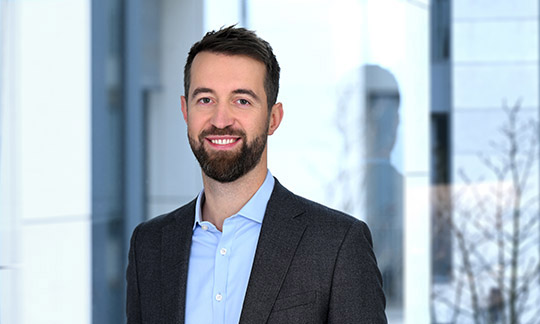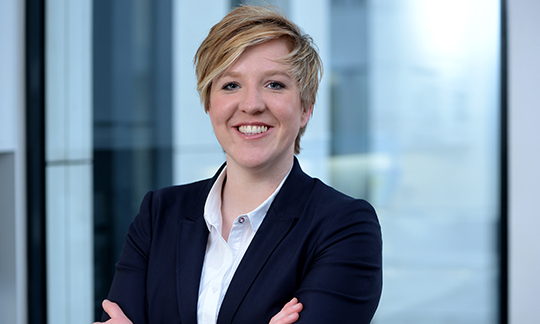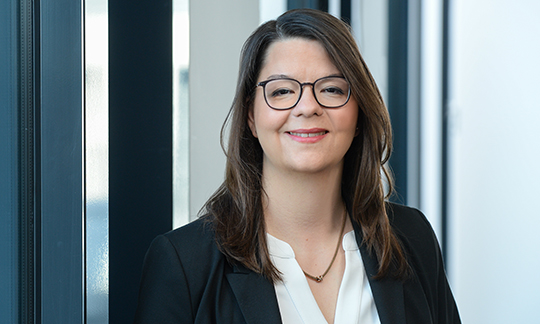Intellectual property rights for inventions
When it comes to technical inventions, the general rule is: apply first, then talk about it. For start-ups still at the beginning of their journey who are presenting their business concept – be it in pitches, at trade fairs, to build partnerships, or in any other context – it is a good idea to protect the initial ideas beforehand.
Because once an idea has been made public, it is no longer considered “new” under patent law. An important requirement for the granting of a patent would therefore no longer be met. In addition, the invention must be “based on an inventive step”. This is the case if a person skilled in the art could not have easily suggested the invention themselves. Furthermore, it must be industrially applicable, and it must be a technical invention which is described in the patent application in such a way that it is reproducible. All these requirements are carefully examined by the patent office entrusted with the application. If they are met, there will be nothing more standing in the way of granting your patent.
From earnings to expenditure, from financial assistance to fixed costs: anyone who wants to get their own business off the ground needs a high degree of reliability in their calculations. We can offer you that. We offer fair start-up package prices for the combinations of research, IP right applications, and other IP-related services that are typically relevant for start-ups. That’s how the business plan works, too.
Just get in touch!
Start-up aid from the federal government
No budget for patents? No problem. The German federal government supports the promotion of innovative founders and young entrepreneurs. The program “WIPANO – Knowledge and Technology Transfer through Patents and Standards” of the Federal Ministry for Economic Affairs and Energy (BMWi) supports you in protecting your ideas with IP rights and establishing yourself on the market.
The program provides financial assistance for the entire process of applying for an IP right – from reviewing the idea to exploiting the invention. Those who participate in the funding program, which lasts a maximum of 24 months, can take advantage of service packages offered by qualified external providers – which of course include our patent attorney services. The official fees incurred for securing IP protection for the invention are also subsidized.
As an applicant, you must have a branch office or business premises in Germany and must not have filed a patent or utility model application in the last five years before filing the application. Your annual turnover may be no more than 50 million euros, or your annual balance sheet total may be no more than 43 million euros (according to the EU definition). Further requirements for financial assistance and information on the WIPANO program can be found on the website of the Federal Ministry for Economic Affairs and Energy.
We would be happy to assist you in applying for the WIPANO funding program.
In addition to the WIPANO funding program, there is also the “Ideas Powered for Business SME Fund” program from the European Union.
Read all about this program here in our blog.
The official fees due for a patent application vary hugely. They depend, among other things, on the scope of protection and the countries in which you wish to protect your invention. Whether patents or the somewhat cheaper variation of utility models: we offer package prices for the application and all other services at fair start-up conditions, which we will be happy to provide you with, on request. These include both the official fees and our fees for preparing your application. Monitoring the deadlines of the offices is naturally also part of this service. So you can be sure that you will not incur any extra fees. Special funding programs, for example WIPANO, can help you with financing.
In an initial consultation, we discuss what makes your idea stand out, what the prior art is for this idea, and what other criteria need to be met in order to apply for a patent, a utility model, or a trademark. To help you prepare for the consultation, we will be happy to provide you with a checklist in advance, which will make it easy for you to compile all the documents. Technical drawings or prototypes of your invention can also be helpful, as can patent literature or scientific publications about your idea. Once all documents are complete and all questions have been resolved, we take care of filing your application with the relevant offices. Throughout the entire process – from the initial consultation to the filing of your patent application and gladly beyond – we are there to advise you.
You should apply for a patent for your invention before you talk about it to third parties – whether at trade fairs, in pitches, or at other events. You should also keep your cards close to your chest with investors or service providers. If this is not possible, we recommend at least having them sign a confidentiality agreement. We are happy to assist you with this, too. By the way, even if your product is still in the development stage, it might be worth applying for an IP right already – for example, a patent, a (comparatively cheaper) utility model, a trademark, and/or a design.
It takes an estimated one to two months from the initial consultation with us to the prepared patent application. Until then, you will need to hang in there – and above all keep your idea secret! You should also not attend pitches, trade fairs, and other events during this time. Because once an idea has been made public, it is no longer considered “new” under patent law. The requirements for the granting of a patent would therefore no longer be met. The granting procedure for a patent takes an average of three years.
One important criterion for the granting of a patent is that the invention is “new”. This means that it has not been made public beforehand. To meet the protection requirements, you should therefore avoid talking about your idea beforehand with third parties as far as possible – this includes at trade fairs and in the context of pitches or other events. You should also keep your cards close to your chest with investors or service providers. If this is not possible, we recommend at least having them sign a confidentiality agreement. Of course, you can talk about your invention with those who are directly involved with it, for example business partners, the employees involved, or the inventors themselves.
Applying for a patent for your invention will give you peace of mind that no one will invalidate your invention by copying it without your consent. With a patent, you have a monopoly on your invention for a limited period of time – this is an important building block for your economic success. In Germany, there is a particularly effective IP system in place that gives you very good chances of enforcing your patent in court in the event of a dispute. You can profit from the proceeds of a patent for quite some time – through your own business or in the form of licensing fees.
Watch the market and your competitors! This way you will see how your company is positioned and which IP rights could stand in your way. Databases such as DEPATISnet or Espacenet are good for researching this. Information about legal status and the status of any legal proceedings, as well as publication data are also available. For a more in-depth analysis, for example in the form of FTO (“Freedom to Operate”) searches, we will be happy to assist you with our expertise.
Theoretically, even as a layperson you can prepare a patent application and file it with the relevant offices. However, practice shows that, depending on the type of invention and the scope of protection you require, an application and the associated correspondence with the offices can become very complex. The expertise of a patent attorney is highly recommended. This is all the more so because once applications have been submitted, they can no longer be extended or substantively amended later on.
Patents and utility models are effective means of protecting technical inventions. Unlike patents, utility models do not protect processes. However, utility models offer fast, low-cost protection for your invention in Germany. With utility models, no examination is carried out as to whether the subject-matter to be protected is new or based on an inventive step. After meeting the formal requirements (e.g. whether it is a technical invention), the utility model is registered within a few weeks. The catch here is that, because the substantive requirements for protection are only examined if the utility model is challenged – for example in cancellation or infringement proceedings – a utility model is at higher risk of being attacked and cancelled. Your research beforehand should therefore be all the more thorough. A patent is valid for a maximum of 20 years, a utility model for a maximum of 10 years.
Key issues for senior life sciences executives
What rights holders need to know about patent-term extensions in Europe
Anti-counterfeiting and Online Brand Enforcement: Global Guide 2024
Germany: EU directives, international treaties and domestic initiatives boost IP
Patent-free countries are also relevant when calculating damages
Federal Court of Justice landmark decision of May 7, 2024


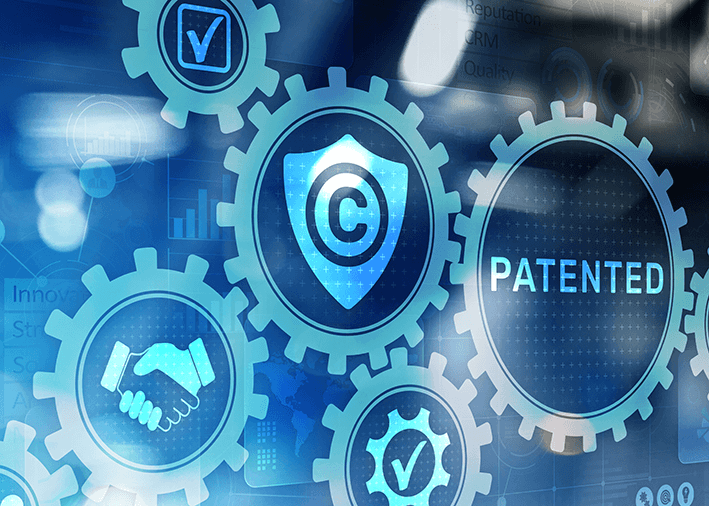


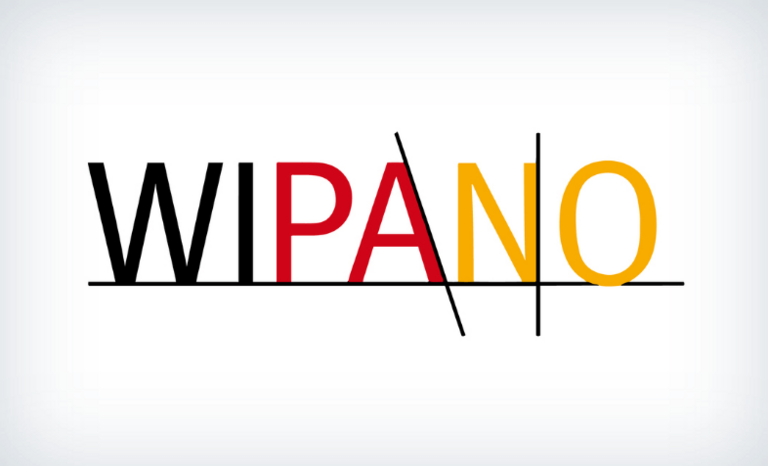

![[Translate to Englisch:] [Translate to Englisch:]](/fileadmin/_processed_/5/5/csm_Anti_counterfeiting_2024_01fa819881.jpg)


